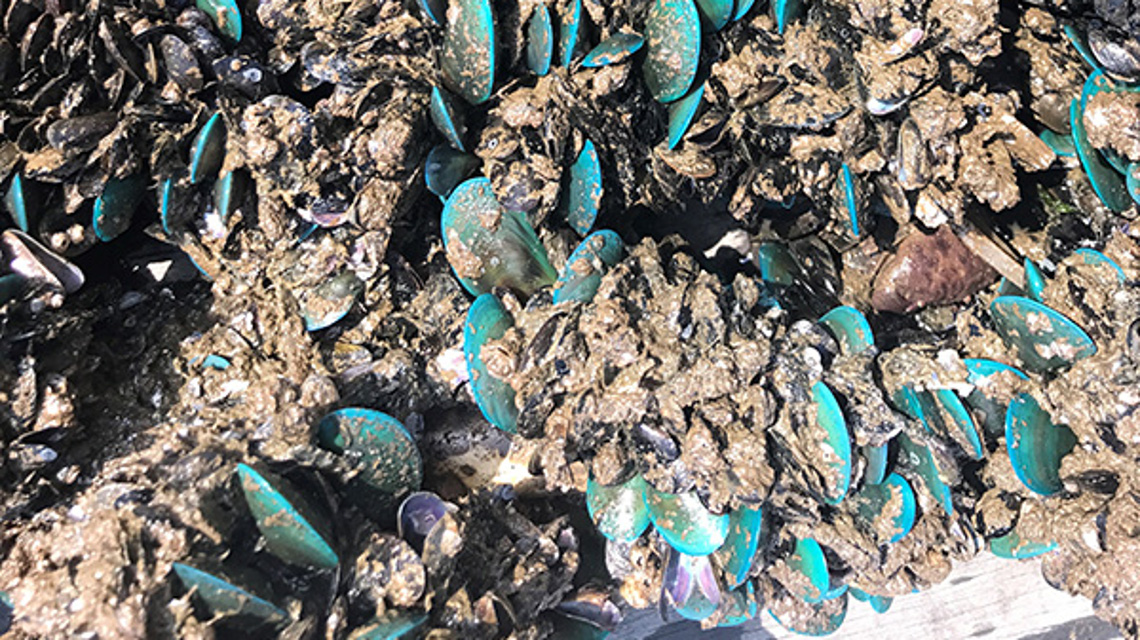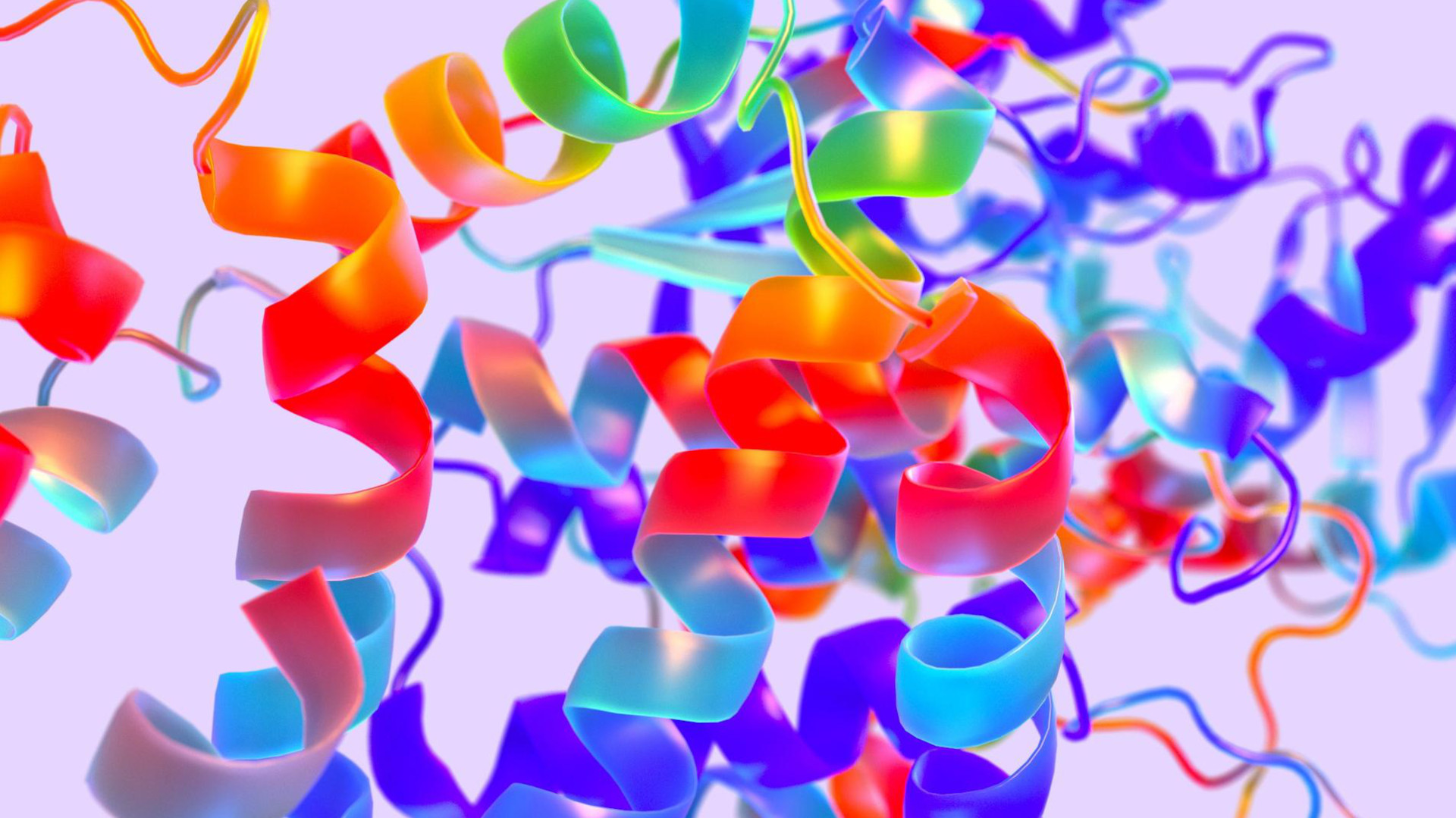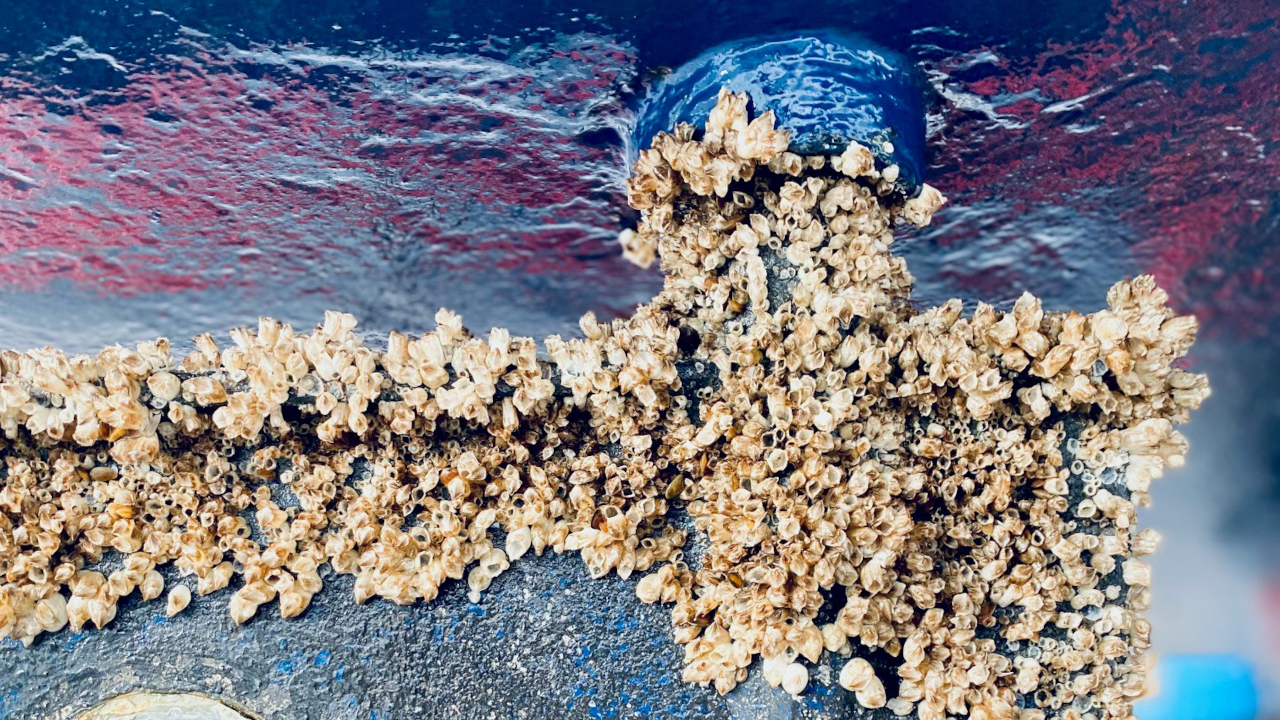Biomimetic coating prevents mussel sticking
Researchers developed a new non-toxic coating for underwater surfaces that prevents mussels and other organisms from sticking to them and damaging them.

Mussels have mastered the art of sticking to wet surfaces and cause a lot of damage because of it. They stick to boats, pipes, piers, and many more underwater surfaces. In fact, mussels are one of the worst perpetrators of biofouling, meaning the unwanted accumulation of organisms on underwater structures. These biofouling organisms can injure swimmers, and they produce significant economic and environmental costs: the US Navy alone spends about $1 billion per year on antifouling efforts, and many species are invasive pests that hitch rides to new environments on ships’ hulls.
Nicholas Vogel, now a researcher at the University of Erlangen-Nurenberg and formerly a postdoctoral fellow at Harvard, where he was working on Slippery Liquid-Infused Porous Surfaces (SLIPS) coatings, and Ali Miserez, an Associate Professor of Materials Science and Engineering at Nanyang Technological University (Singapore), who specialises in biological materials, demonstrated that a certain form of SLIPS is indeed essentially mussel-proof. Furthermore, they shed light on how they minimise the extraordinary attachment mechanisms of mussels. Their findings are published in the journal “Science”.
Previous coatings are toxic and ineffective
Thus far mostly paints and coatings containing toxic chemicals have been used to keep mussels and other such organisms from clinging to surfaces. However, these materials poison species indiscriminately, accumulate in waterways, likely have ecological impacts, need to be replaced regularly, and are often not as effective as desired. So-called “low surface energy” coatings based on silicone or siloxane polymers, have been introduced as non-toxic alternatives. But although these materials do allow for easier removal of biofouling species, they are less effective at preventing organisms from attaching in the first place, and are susceptible to damage and decay.
New coating inspired by a plant
The novel technology developed at the Wyss Institute for Biologically Inspired Engineering at Harvard University – called the Wyss’ SLIPS technology, was inspired by the slick lip of a carnivorous pitcher plant that sends insects sliding down to their doom; by doing so the plant is taking advantage of the fact that it is usually very difficult for an organism to attach to a liquid surface. SLIPS consists of a solid surface infused with a liquid lubricant overlayer that is retained in place so that anything that comes into contact with the liquid layer will simply slide right off. SLIPS have previously been shown to be effective against bacteria and algae, but mussels represent an even more difficult enemy: Their muscular feet produce adhesive filaments called byssal threads whose tips, called adhesive plaques, contain special adhesive proteins that remove water molecules from the target surface to enable the plaques to bind to it. “Mussels have mastered the skill of sticking in an underwater environment, despite water being the biggest enemy of adhesion”, says Miserez. This system allows them to bind to surfaces extremely well: large accumulations of mussels can weigh as much as 1,700 pounds per square foot.
Mussels are confused by new material
In order to investigate whether SLIPS indeed protect against these expert biofoulers, the NTU team led by Miserez placed Asian green mussels on panels with a “checkerboard” pattern of different types of non-biocidal antifouling surfaces underwater, and let the mussels choose where to attach. Two different types of slippery surfaces infused with silicone oil as a lubricant were evaluated: a very thin, silica-based and nanostructured 2D coating applied layer-by-layer (i-LBL) and a thicker, matrix-like 3D coating made of the common polymer polydimethylsiloxane (i-PDMS).
The researchers found that hardly any mussels stuck to i-PDMS panels. Moreover, they measured that it takes significantly less force to remove mussels from i-PDMS-coated surfaces than from i-LBL or non-coated surfaces. “This is likely because the liquid overlayer of the lubricant-infused surfaces resists displacement by the mussels’ adhesive proteins, keeping the surface lubricated and therefore preventing the byssal threads from binding”, says co-first author Shahrouz Amini, who was a Research Fellow at NTU during the study. Lastly, the researchers were also able to demonstrate that the i-PDMS panels caused the mussels to alter their behaviour when setting out to attach to a surface: “In addition to disrupting the byssal threads themselves, the lubricant-infused surfaces were confusing the mussels, making them decide they weren’t valid places to attach”, says Amini. In fact, the SLIPS’ lubricant layer was physically interfering with the mussels’ ability to detect the solid surface beneath it – the feet of mussels contain proteins that are known to sense pressure.
New coating prevents attachments across species
Finally, the Wyss team partnered with the NOAA Stellwagen Bank National Marine Sanctuary in Scituate, Massachusetts. In order to assess the lab-findings under real-world conditions, they submerged panels of all the lab-tested materials into Scituate Harbor for sixteen weeks to see whether organisms would grow on them.
Not only did the i-PDMS show four times less mussel settlement than the previously used Intersleek 900 and 30 times less than non-infused PDMS, it also outperformed the other materials in resisting other biofouling species such as tunicates, hydroids, and slime. “Many of the organisms in the field use different strategies and adhesives to attach themselves to underwater surfaces, but we have a solution that can work across most species”, says Onye Ahanotu, a Senior Research Scientist at the Wyss Institute and co-author of the paper.
jmr


